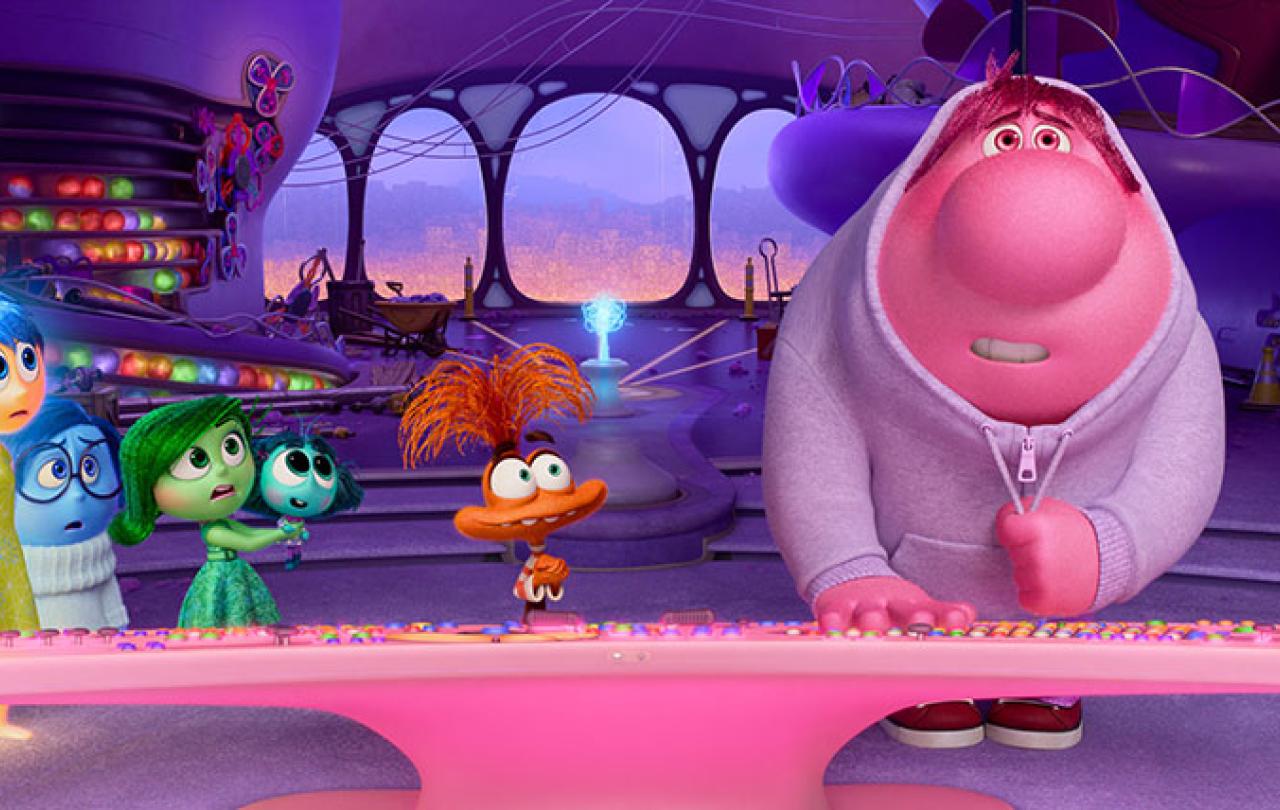We’re wrapping up the year reviewing what articles were most popular with Seen & Unseen readers. Our second analysis is of Belle Tindall’s takes on the year’s events. What did our staff writer, well, write about?
Musical highlights old and new featured prominently. As Leonard Cohen’s Hallelujah hit the Big Four-Oh, Belle captured its appeal to so many artists and listeners. The new musical highlight was the release of Nick Cave’s Wild God album. What of wildness? Several of Belle’s articles tacked this key theme of 2024. She also returned to the hold live music has on a crowd. As well as reporting on Cave’s tour, her analysis of the appeal of Jack White’s stripped-back tour is excellent.
Did I forget to mention Taylor Swift? Sorry, Belle.
But life is not one big sing-a-long. It hurts. From the digital slight of ghosting to the true horrors of Nigeria’s violence, trauma was a recurring theme too.
Finally, Belle conduct some literary detective work after reading Miranda Hart’s new biography.
In reverse order
9 - Nigeria’s terror survivors share their stories
This violence is not gruesome fiction, it’s reality.
Explore more articles on themes in this article: Freedom of Belief, Trauma.
6- Ghosting is not immature, it’s plain cruel
The dehumanising behaviour hiding in plain sight.
Explore more articles on themes in this article: Attention, Digital, Psychology.
4 - Taylor Swift proves Mr Bennet right
Romanticism: ruining lives since 1800. And we love it.
Explore more articles on themes in this article: Music, Resurrection, Romance, Taylor Swift.
2- Jack White’s breaking the biggest rule in rock 'n' roll
What if the greatest cultural moments were the ones barely anyone saw?
Explore more articles on themes in this article: Music.
Join with us - Behind the Seen
Seen & Unseen is free for everyone and is made possible through the generosity of our amazing community of supporters.
If you’re enjoying Seen & Unseen, would you consider making a gift towards our work?
Alongside other benefits (book discounts etc.), you’ll receive an extra fortnightly email from me sharing what I’m reading and my reflections on the ideas that are shaping our times.
Graham Tomlin
Editor-in-Chief





